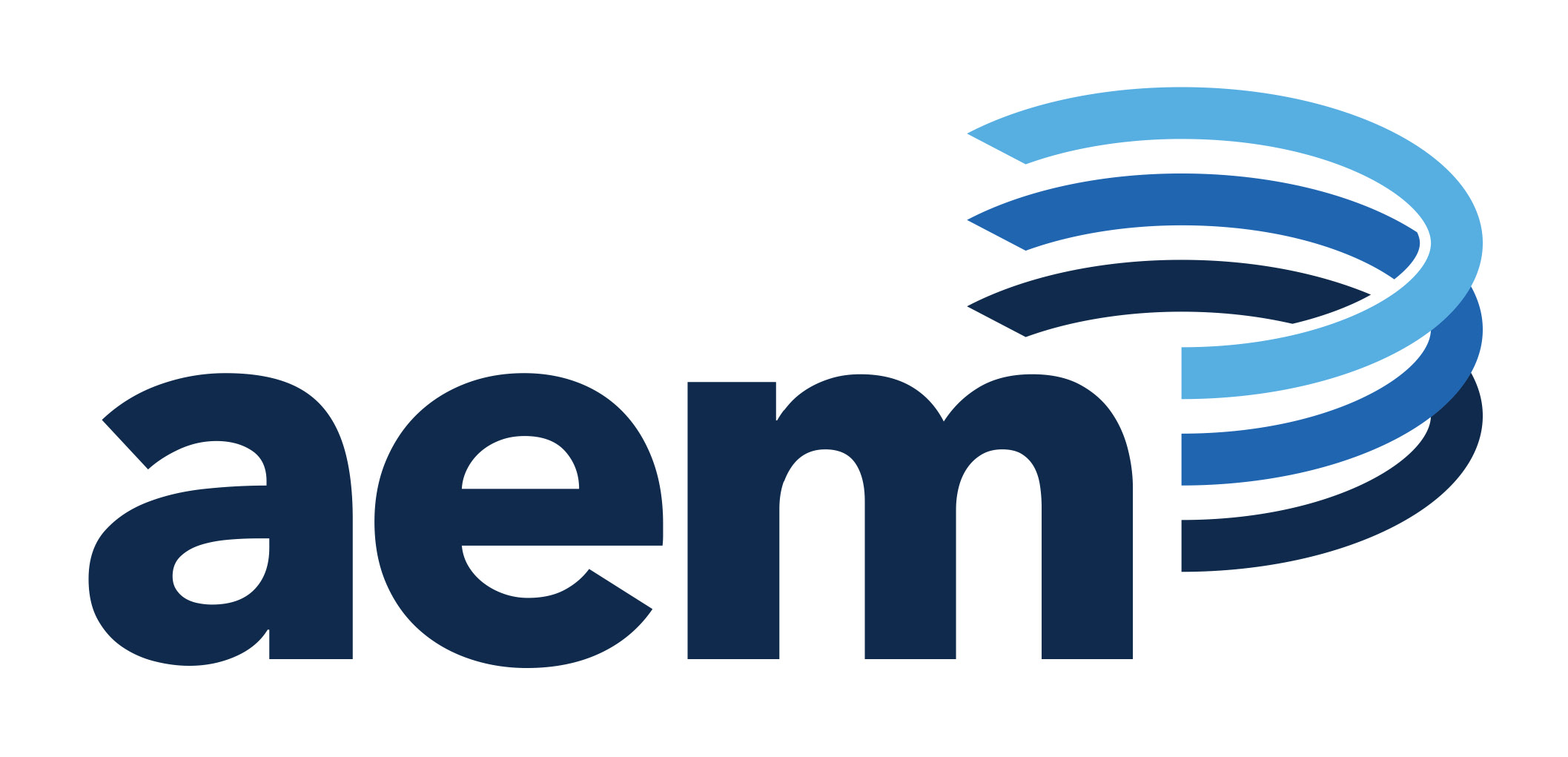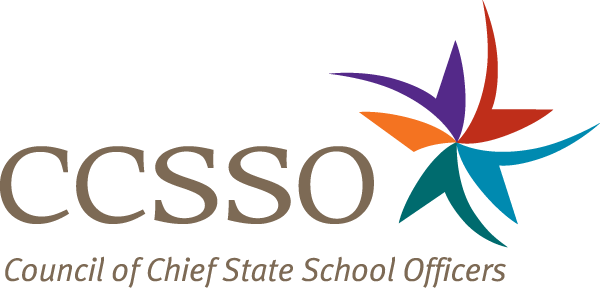 Related Services Providers: Important Contributors to the Accommodations Decision-Making ProcessRelated services providers include speech-language pathologists, audiologists, psychologists, and physical and occupational therapists, to name just some of the personnel who provide specialized support to students with disabilities.1 The expertise of related services providers enhances student access, active participation, and progress in learning the grade-level general education curriculum. Student learning is an iterative process comprised of instruction and assessment. As educators teach the content, student learning is assessed through classroom, district, and state assessments. Instruction may then be adjusted to reinforce and enhance different areas of learning. The expertise that related services providers bring to identifying effective strategies to instruct students with disabilities also enables them to support informed decisions about appropriate accommodations and accessibility features for assessments. And, the more that accommodations and accessibility for assessments are consistent with those received during instruction, the greater students’ skill and comfort with using them. When there is consistency in accommodations and accessibility, it is more likely that barriers to learning and performance will be reduced. Related services providers can suggest appropriate accessibility features and accommodations for both instruction and assessment. For example, speech language pathologists can collaborate with teachers to address the language access supports that may be needed by individual students with disabilities. Audiologists can ensure that the hearing needs of students with hearing impairments are met. Physical and occupational therapists can identify supports that students may need to be stable and comfortable when sitting at their desk, writing, managing a keyboard or mouse, or using assistive technology. School psychologists and school counselors can help identify accessibility features and accommodations that address social, emotional, behavioral, and cognitive functioning. School nurse and health service providers can help to identify ways to manage health needs during testing. This Brief suggests strategies for supporting related services providers so that they can participate more confidently as members of Individualized Education Program (IEP) teams when decisions are made about instructional and assessment accommodations. The supports for related services provi)ders will enable them to suggest accommodations and other accessibility features in the areas of their expertise. They will also enable related services providers to contribute to the implementation and evaluation of accommodations. An overview of federal requirements for assessment accommodations and an example of perspectives from speech-language pathologists are presented first to provide a foundation for suggestions provided in this Brief.
Federal RequirementsThe Individuals with Disabilities Education Act (IDEA) recognizes the importance of providing accommodations to ensure that students with disabilities have access to the grade-level general education curriculum. These requirements are consistent with those of the Rehabilitation Act of 1973, which provides for 504 accommodations, and the Americans with Disabilities Act (ADA). For students in K-12 public schools, the IEP team makes decisions about the accommodations that individual students need for access to both the curriculum and to state and districtwide assessments. The Elementary and Secondary Education Act (ESEA) also addresses assessment accommodations and other accessibility features. It reflects the importance of these for students with disabilities by including several requirements in its assessment peer review process. Included among the requirements is that assessment accommodations and accessibility decisions be consistent with those documented in the student’s IEP. Example: Related Services Providers’ PerspectivesResults of a survey of speech-language pathologists (Goldstone et al., 2021) provides insight into experiences with accessibility features and accommodations of related services personnel. The survey asked about:
Just over six percent of the 31 responding speech- language pathologists across the U.S. indicated that they were well prepared by their preparation programs to implement accessibility features and accommodations. Only 21 percent indicated that they had implemented accessibility features and accommodations during their training program. Further, most speech-language pathologists who indicated that they had some knowledge of accessibility features and accommodations stated that they had obtained that knowledge through their work experience rather than through their training programs. Even though speech-language pathologists recognized the relevance of accessibility features and accommodations for all students with disabilities, only one-half of them thought that speech-language pathologists were viewed by other educators as a resource for identifying accessibility features and accommodations for individual students. Despite this, nearly all speech-language pathologists thought that decisions about accessibility features and accommodations were within the realm of their responsibilities. When speech-language pathologists contributed to IEP decisions about accessibility features and accommodations, most often they did so for classroom assessments. Much less often did they contribute to IEP team decisions about accessibility features and accommodations for district and state assessments. Speech-language pathologists made several comments in response to the survey. Most often, their comments reflected a lack of confidence that they had the knowledge needed to make decisions, as well as a lack of knowledge about which accessibility features and accommodations are available and which ones students are using in the classroom. They also indicated a need for more information on how various accessibility features and accommodations can meet individual student needs. Speech-language pathologists identified three primary steps that would support their role as decision makers:
Suggested StrategiesSeveral suggestions for related services providers emerge from the findings of the survey of speech-language pathologists. These are discussed in brief here. Increase preservice training on accessibility features and accommodations in instruction and assessment. To gain the confidence to contribute to decisions about accessibility features and accommodations, related services providers need training during their preservice training program. This training should include both information about accessibility features and accommodations, the impact of the accessibility features and accommodations on student learning, and guidelines on how to make decisions about them for individual students. In addition, related service providers need the opportunity to contribute to decisions about accessibility features and accommodations during their practicum experiences. Include related services providers in professional development on assessment accessibility features and accommodations. Assessments change over time and are different in different locations. For these reasons, professional development on assessment accessibility features and accommodations is important. This type of professional development is typically required of personnel who administer assessments, but should also be provided to IEP teams, including related services providers. Training should include information on allowable accessibility features and accommodations for each assessment students take, as well as details on the process for making decisions for individual students. If a service provider works in an area where the state has additional guidance, such as for the use of American Sign Language, the service provider should be trained on that guidance also. Include related services providers on the IEP team when decisions are made about accessibility features and accommodations. Students who are receiving support from related services providers should have IEPs that are informed by those providers. In other words, when the IEP team is considering accessibility features and accommodations for instruction and assessments, these related services providers should be included in IEP team discussions. Require related services providers to review state, district, and school policies and guidelines on types of accessibility features and accommodations, and criteria for providing them during assessments. When related services providers participate in IEP team meetings where accessibility features and accommodations are discussed, they need to be informed of current assessment policies. To ensure that this happens, they should be provided access to and required to review state, district, and school policies and guidelines on accessibility features and accommodations. Ensure that district and school administrators understand the role of related services providers when decisions are made about needed accessibility features and accommodations. The support of district and school administrators is needed to ensure that related services providers contribute to IEP team decisions about accessibility features and accommodations. This type of support is most likely when administrators understand the role and expertise of related services providers in making these decisions. ConclusionsToo often, related services providers have not been involved in IEP team decisions about accessibility features and accommodations for students they serve. Because of their specialized knowledge, it is important that they participate in these decisions. Implementing the suggestions provided in this brief can help to better equip related services providers to contribute to these decisions. Footnote1 Several other terms also are used for related services providers, including specialized support personnel, specialized instructional support personnel, and pupil services personnel. ReferencesGoldstone, L., Lazarus, S. S., Thurlow, M. L., & Hendrickson, K. (2021). Speech-language pathologists’ experiences with accessibility and accommodations for students with disabilities (NCEO Report 430). National Center on Educational Outcomes. Thurlow, M. L., Warren, S. H., & Chia, M. (2020). Guidebook to including students with disabilities and English learners in assessments (NCEO Report 420). National Center on Educational Outcomes.
|
||||||




